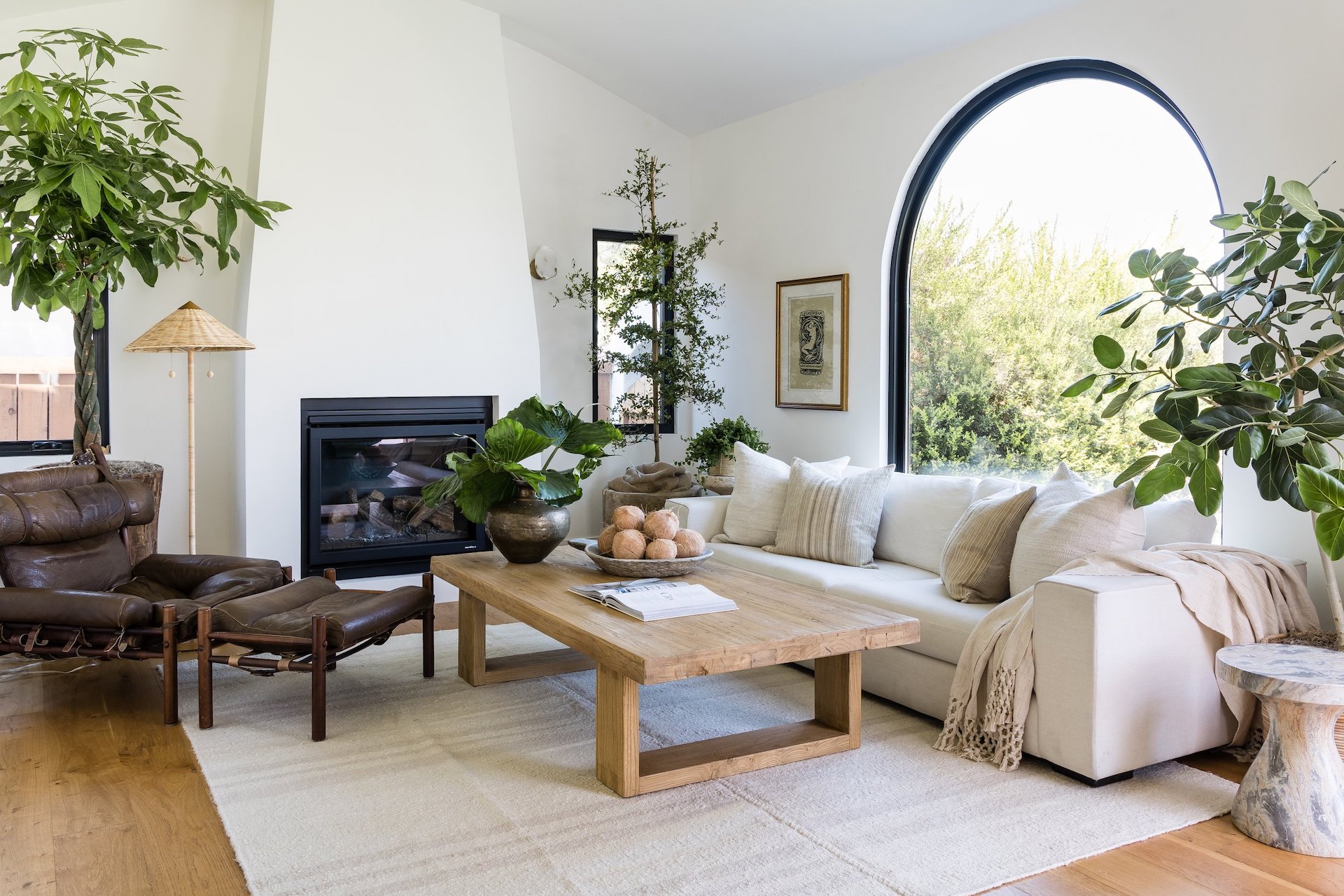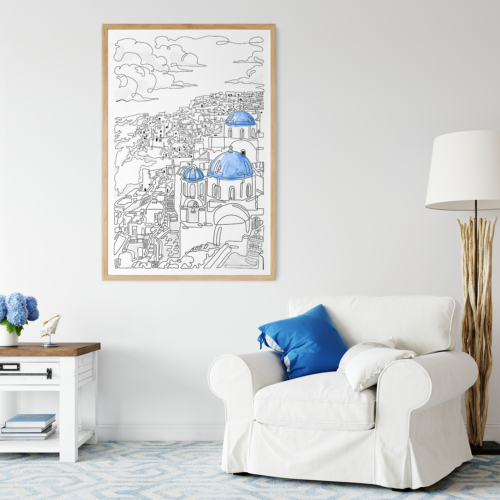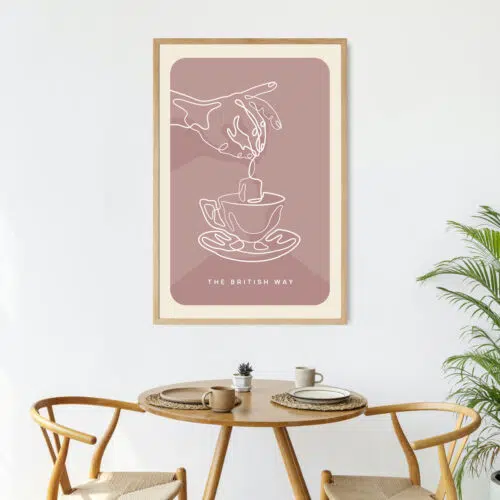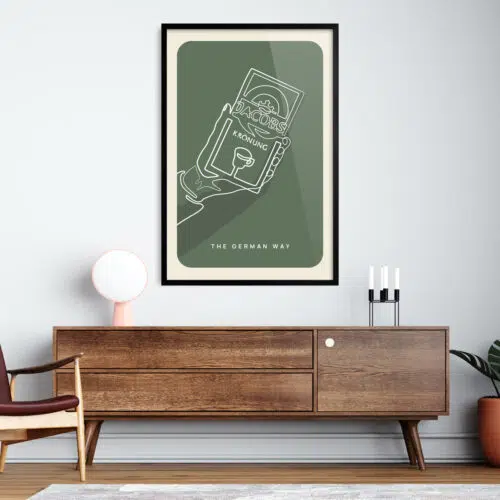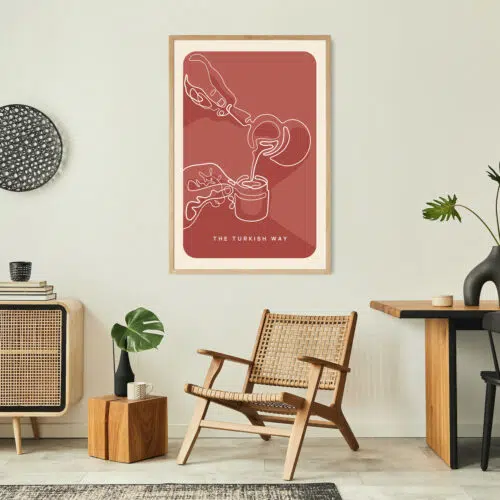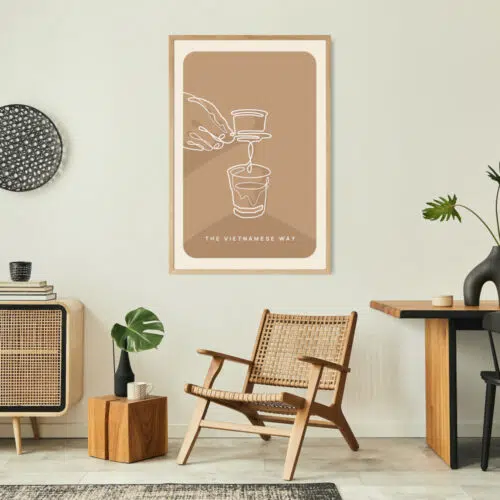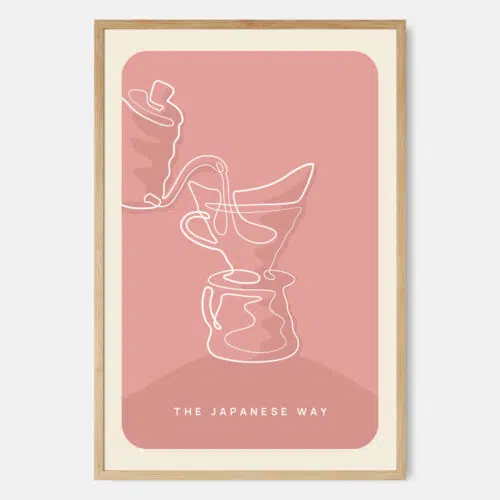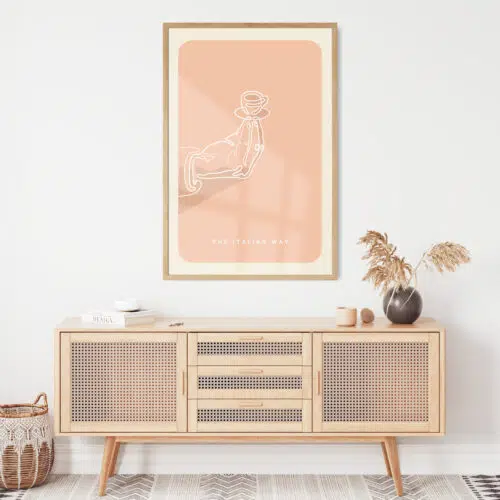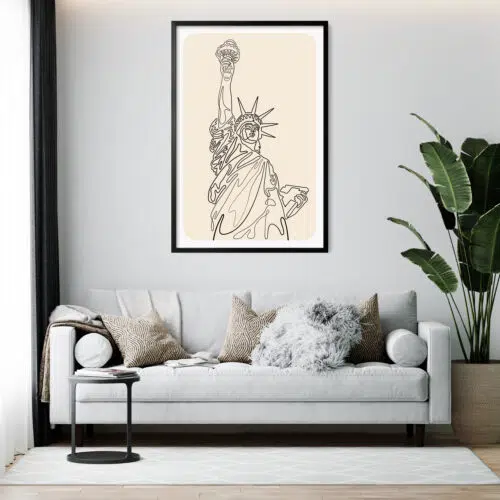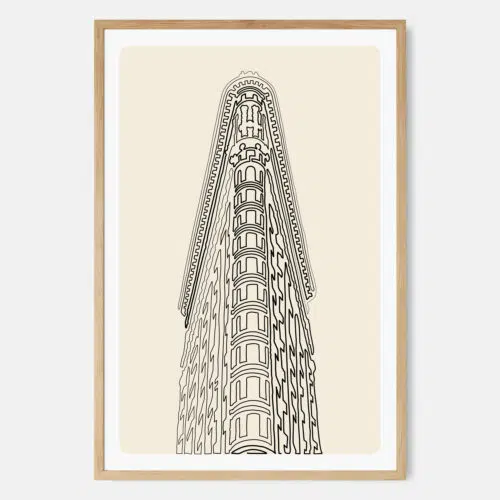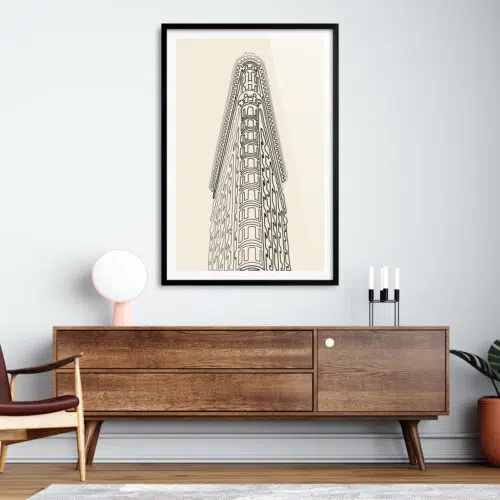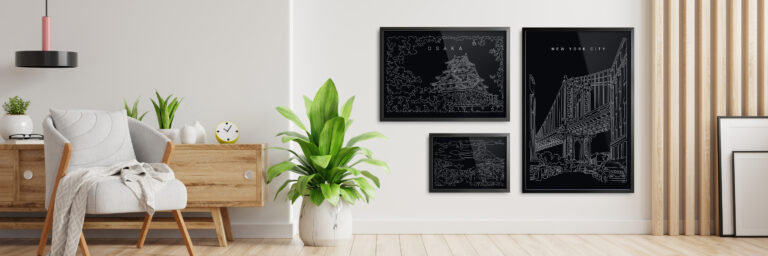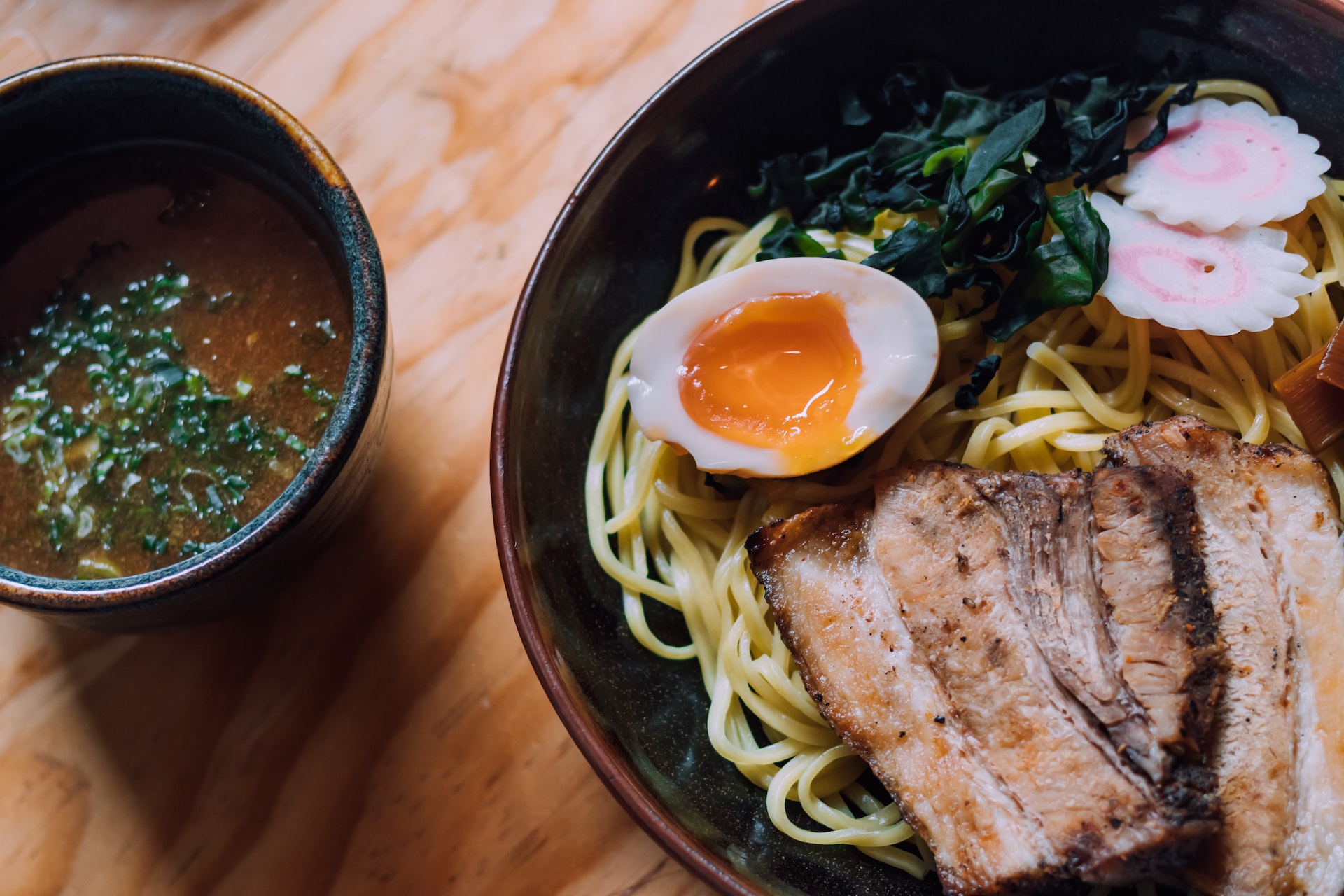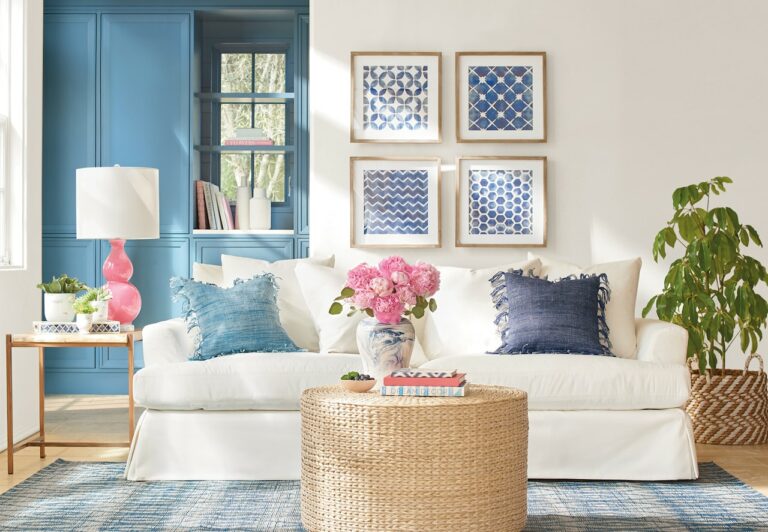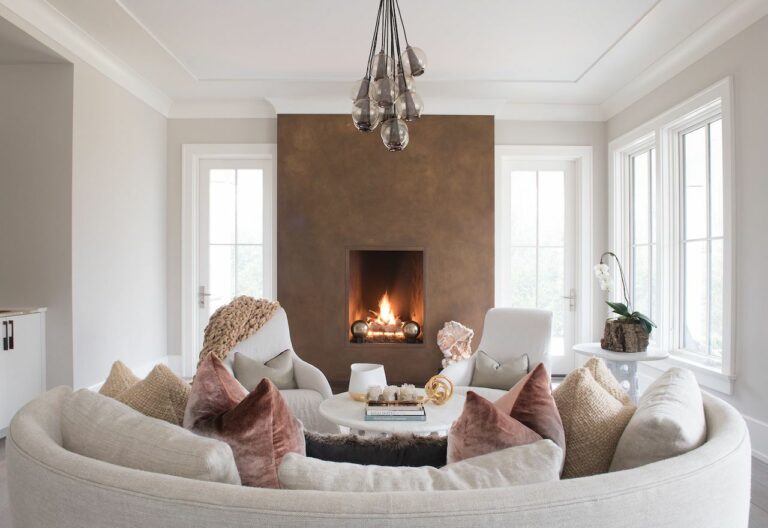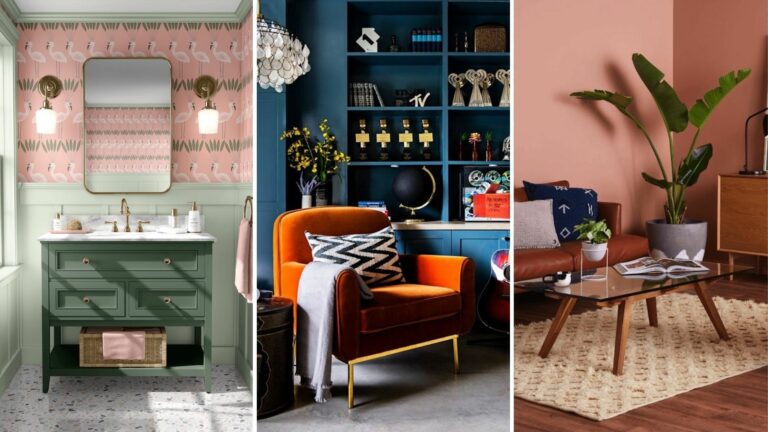Modern Japanese interior design takes elements from the country’s deep-rooted traditions and works within the realms of minimalism for a stunning combination of precision, simplicity, and sophistication.
Perhaps more so than any other culture, the Japanese believe the home should radiate natural beauty, giving its residents a tranquil, zen escape from the fast-paced world outside its front door. And you can achieve that same authentic, calming atmosphere in your home by incorporating characteristics of modern Japanese interior design throughout your space. Whether you’re building, remodeling, or designing your home, it’s never too late to dive into this simply beautiful aesthetic.
Below, we’ll take you through the primary features of modern Japanese interior design before divulging ways to create relaxing spaces by pulling inspiration from this heavily praised design style.

The 11 Key Features of Modern Japanese Interior Design
Japanese-inspired rooms are built from two principles — Shinto and wabi-sabi. The former is a belief system involving kami (or spirits), which exist in all living creatures and non-living items. The latter is the beauty of imperfection and impermanence. Combine them, and you have the basis of modern (and, in fact, traditional) Japanese interior design.
They indulge in the less-is-more approach, which you’ll see from the 11 key features in this article.
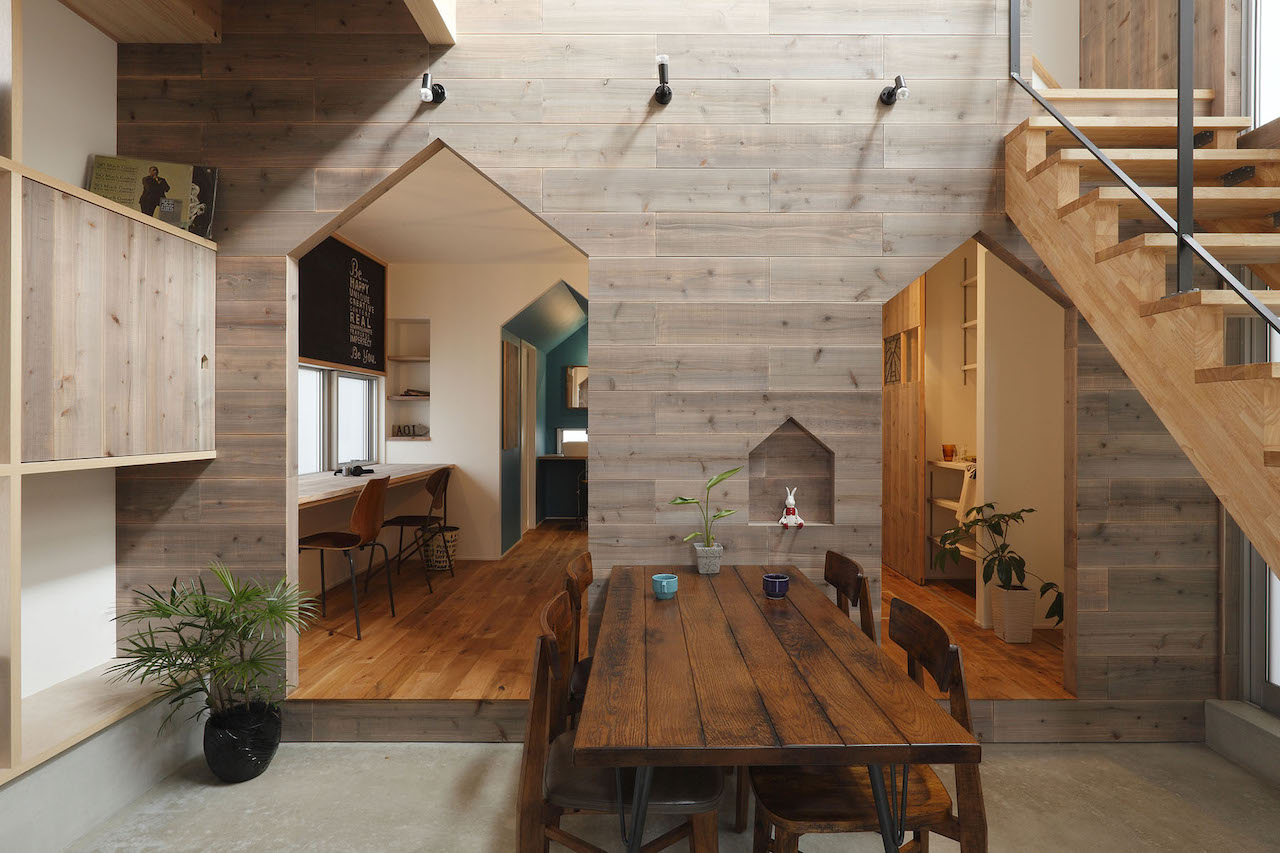
Related Post: What Is Wabi Sabi Interior Design And How Can This Japanese Philosophy Make Your Life Better
1. Minimalism
What comes to mind when you think of Japan and the people’s way of life? Minimalism. They abide by decluttering principles, and this rings true throughout their interior design. The author of Spark Joy, Marie Kondo, set off a worldwide decluttering craze by encouraging people to only keep items that “spark joy.”
When designing minimalist spaces, everything must have a place. It’s about space and balance, ensuring rooms remain clean and tidy for a clear mind and happy soul. Japanese designers work on the principle that uncluttered spaces lead to uncluttered brains, aiding relaxation and sleep but also productivity and focus.
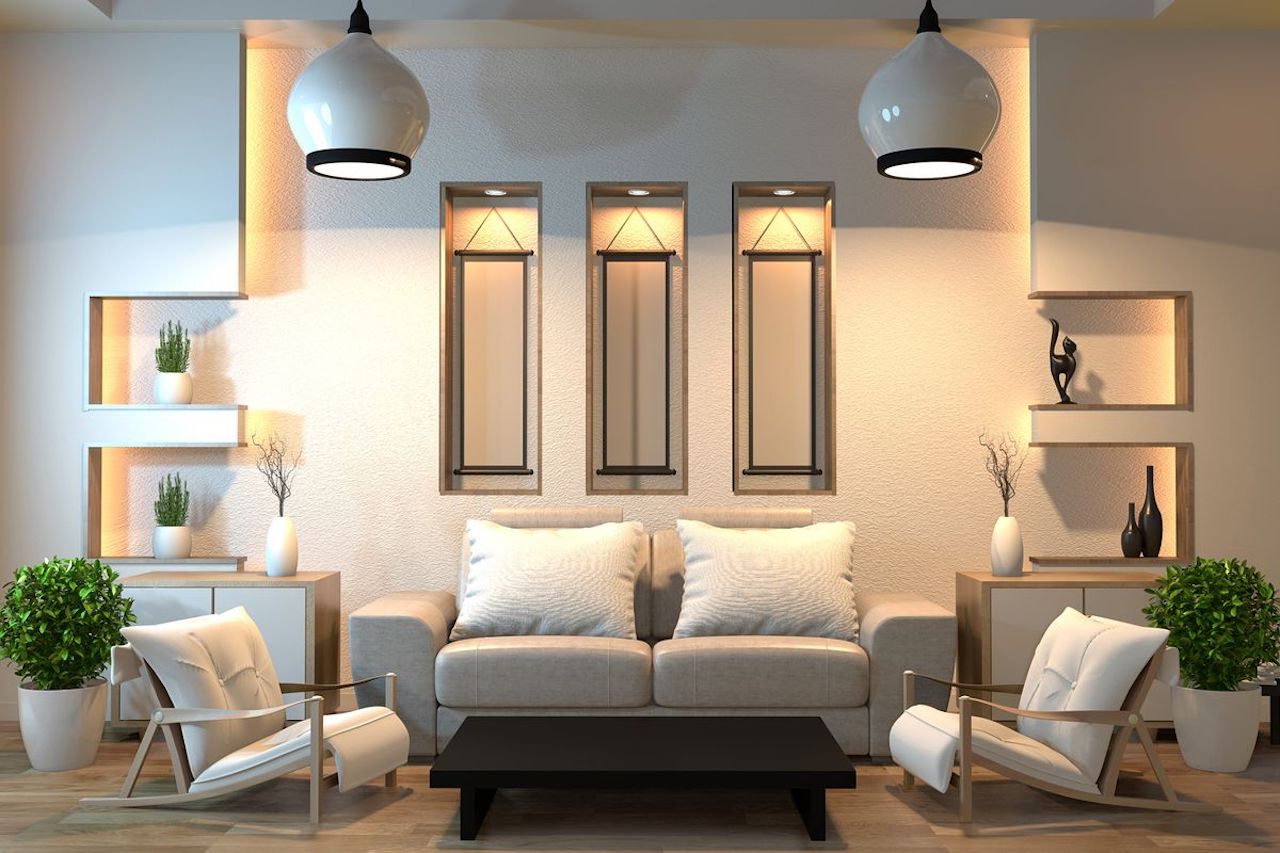
2. Lightness
Lightness can be taken in two contexts — literally and figuratively.
In the literal sense, it’s about weightlessness. So, minimal heavy materials throughout the room to give an airy feel. In the figurative sense, it refers to lightheartedness when being in the space. What do you feel when you enter your living room, for example? If you get a sense of ease (and yes, zen), then you’ve achieved figurative lightness, one of the most essential elements of modern Japanese interior design.
3. Natural Material Choices
“Mono no aware” or “awareness of the transient beauty of nature” plays a huge role in Japanese-inspired design. Typically, it comprises of simple furniture constructed from natural materials, especially light-colored wood. However, you can also find natural materials framing architectural features like doorways and windows; it’s even used as room dividers or staircases.
It’s no surprise that such materials are prevalent in their interior designs — the country has to import most raw materials, and there is little room for waste. Thus, they hold biodegradable materials in very high regard.
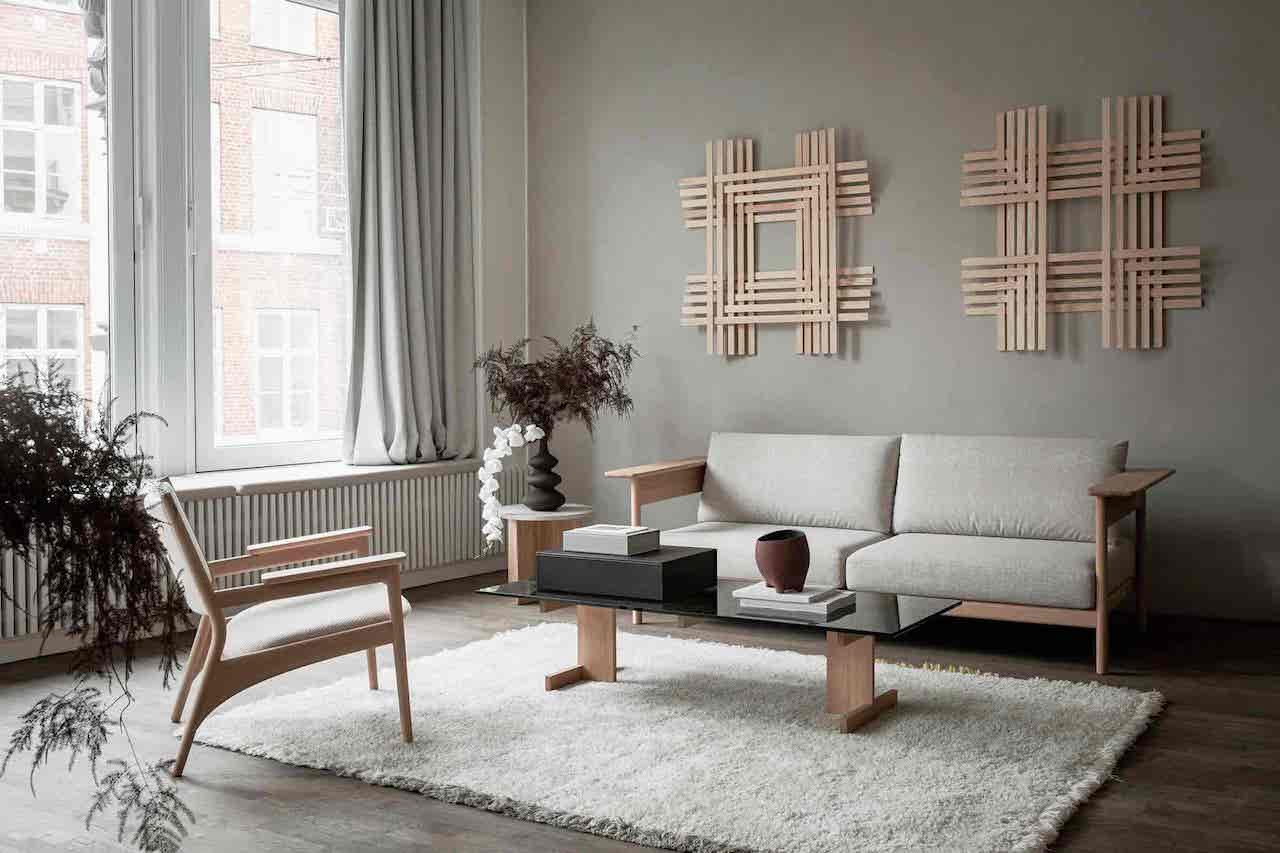
4. Modular Designs
Modern modular living isn’t just a design choice in Japan; it’s necessary because their land is so limited. Tiny homes made architects and interior designers think harder about creating multifunctional, multifaceted spaces that are dynamic and feel spacious, despite being small in square footage.
The modular aspect also pairs well with their minimalism principle, thanks to its clean lines and storage capabilities.
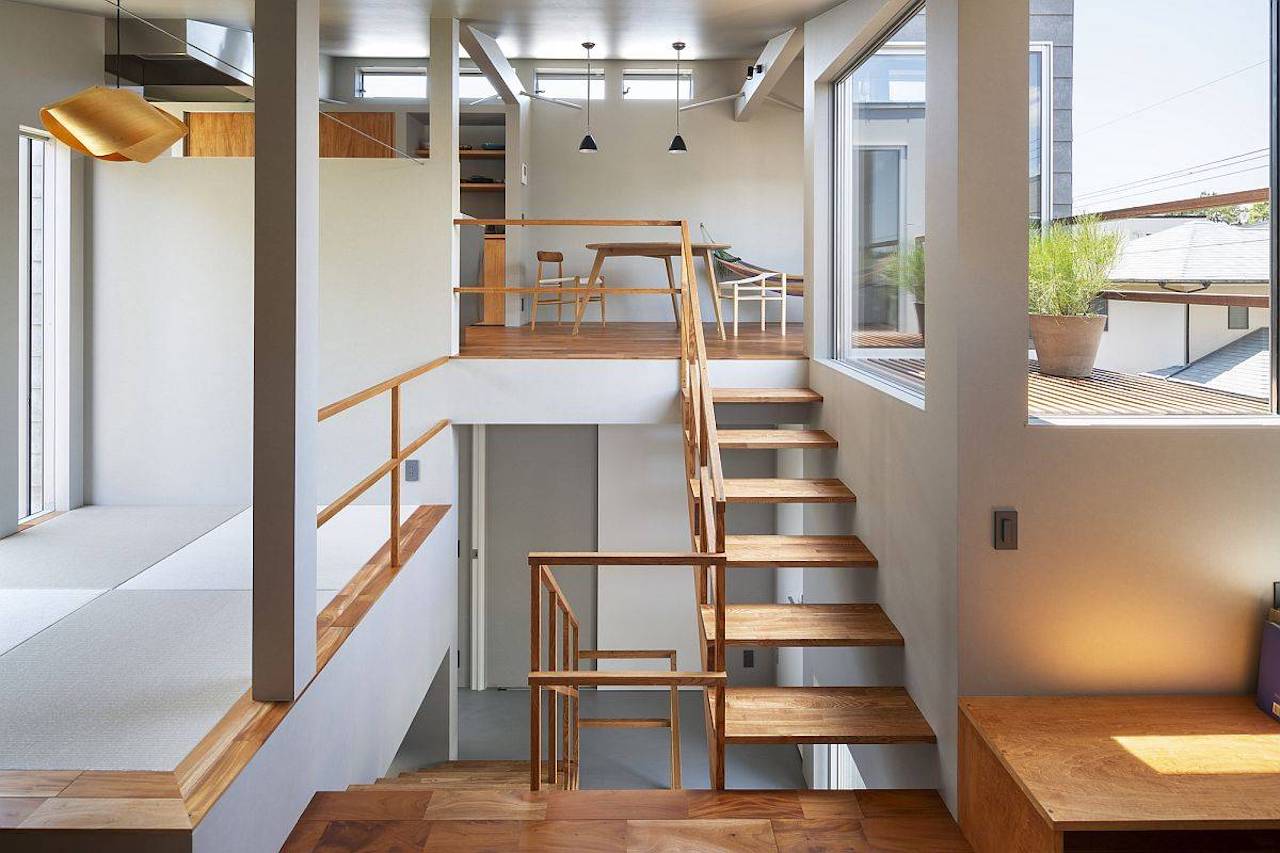
5. Illumination
Illumination — that is, the art of light — is one of the most prominent characteristics of modern Japanese aesthetics. The drama and imagery created by daylight throughout spaces allow them to impact our feelings. Thus, most Japanese-inspired homes are designed around the sun’s movement and how it will affect the natural materials and vignettes in the interior. Everybody knows that natural light improves their mood. And the Japanese believe one reason for this is that it helps us feel connected to the great outdoors. Therefore, ensuring maximum light filtration will create an organically zen environment.
6. Attention to Detail
The art of minimalism exists in the details. After all, true simplicity is highly sophisticated. It’s the mark of an incredibly talented designer who pays significant attention to detail and ensures they’re invisible. In modern Japanese interior design, simplicity is seen as exceptionally luxurious. The engineering behind wood furniture comes off as “easy” because they spend so much time ensuring two pieces appear as one. In fact, many would say that Japanese wood joinery is an art form all on its own.
7. Emptiness
Emptiness (or “void”) is another key, but intangible aspect, of Japanese interior design. Clear space visually balances the objects inside the home, allowing the eyes time to rest and imagination to run wild. Through this principle, Japanese-inspired rooms help us wind down, improve our perception, and better comprehend the world around us.

8. White
In a world so saturated by vibrant shades of every color imaginable, modern Japanese interior design incorporates lots (and we mean lots) of white to bring delicacy and fragility to the space. It signifies purity and emptiness, which isn’t considered the absence of something, but a concentration of something more. According to Kenya Hara, a Japanese graphic designer, white “is all colors and no color at once.”
9. Pattern-Free
You won’t find heavily patterned wallpaper, fabrics, rugs, or carpets in modern Japanese design. As we’ve mentioned, it’s all about simplicity bringing tranquility to the space. Japanese-inspired spaces stick to muted tones and blocks of natural materials for sophistication and a calming atmosphere. Any patterns tend to come from the addition of bonsai trees or other indigenous flora and fauna.
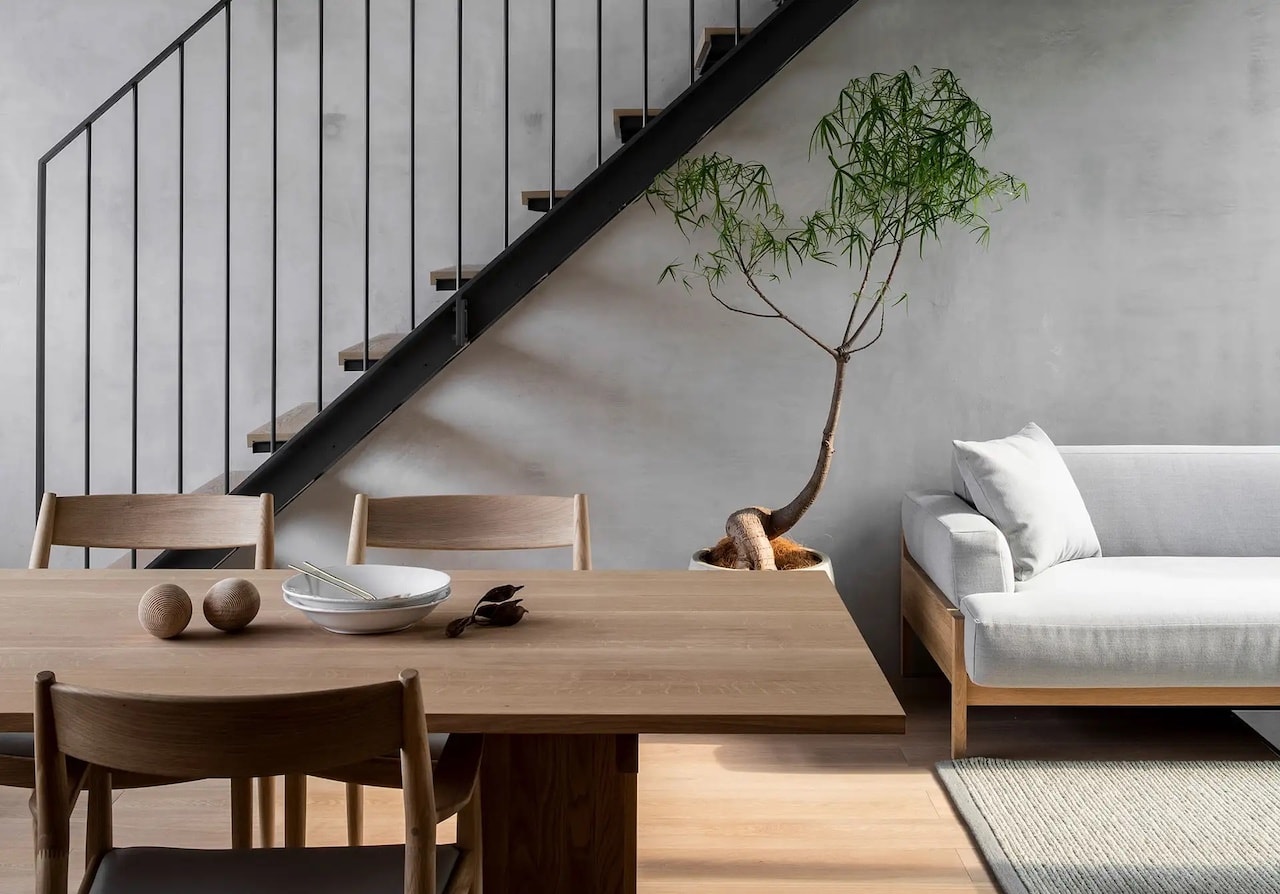
10. Simple Furniture
Designers who take a modern Japanese approach choose simple furniture, typically built from wood, with straight, clean lines, only throwing in curved edges here and there to soften and relax the look. They also value low furniture for comfort and to give the space a more open, airy feel.
11. Touches of Green
The final key feature of modern Japanese zen interiors is splashes of green.
Remember the culture’s connection with nature? Well, the green touches usually come from verdant plants with large leaves that incite calm wherever they’re positioned.
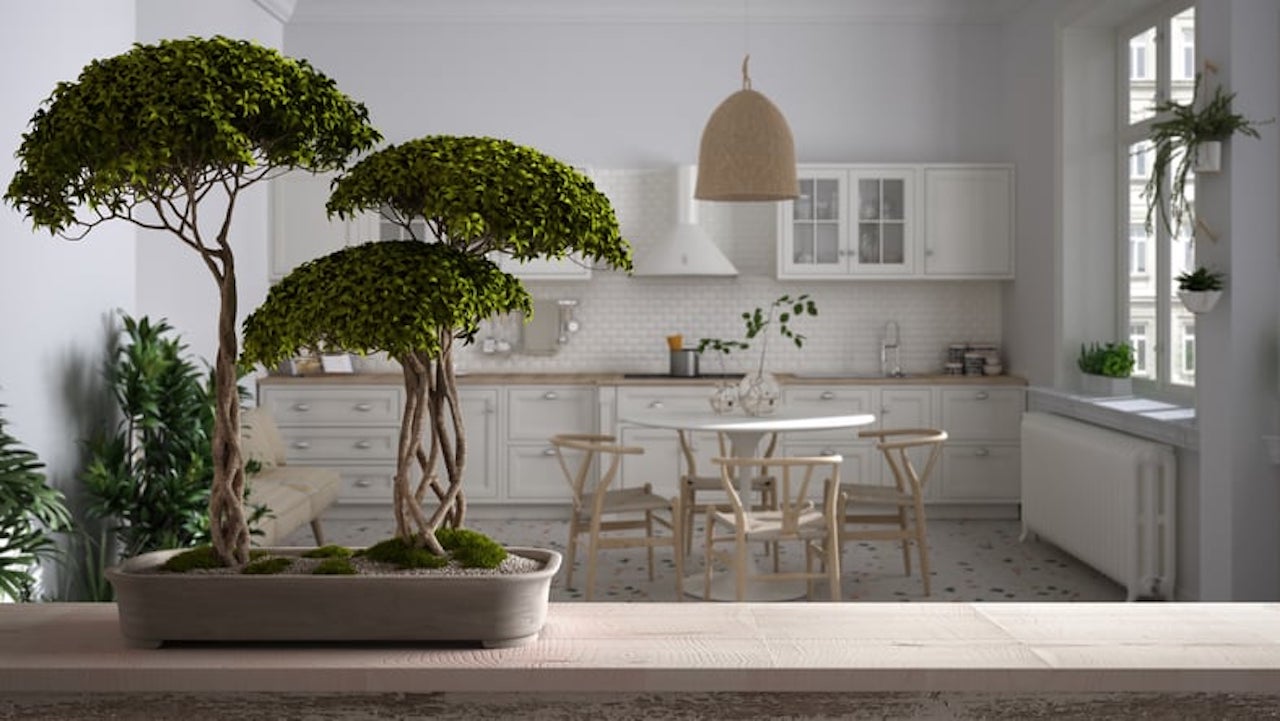
How to Incorporate Modern Japanese Interior Design Elements into Your Home for a Calming, Zen Environment
Now that you’re familiar with the 11 essential elements of modern Japanese, it’s time to incorporate them into your home to achieve the tranquil atmosphere you’re searching for.
While it may seem like you have to redesign your entire construction to fit the brief, that isn’t necessarily the case. With a few tweaks here and there, you can craft a space any Japanese-inspired designer would be proud to call their own.
Here’s how to turn your home into the zen space of your dreams:
1. Choose Minimalist Decor
Remember, less is more. So, any wall hangings or paintings should boast clean lines and muted tones while ensuring you don’t overcrowd your walls. Balance is key. And what whispers “minimalism” and “zen” more than our line art print of the praying mantis yoga pose? It’s a wonderful addition to your contemporary, Japanese-inspired interior, especially with the light, sandy background.
2. Opt for Natural Rugs and Wooden Furniture
Your furniture should showcase traditional wooden craftsmanship while displaying clean lines and simplicity. We suggest oil-finished pieces to improve the timber’s texture. Pair it with light-colored, natural-fiber rugs to bring warmth and additional texture into your tranquil space.
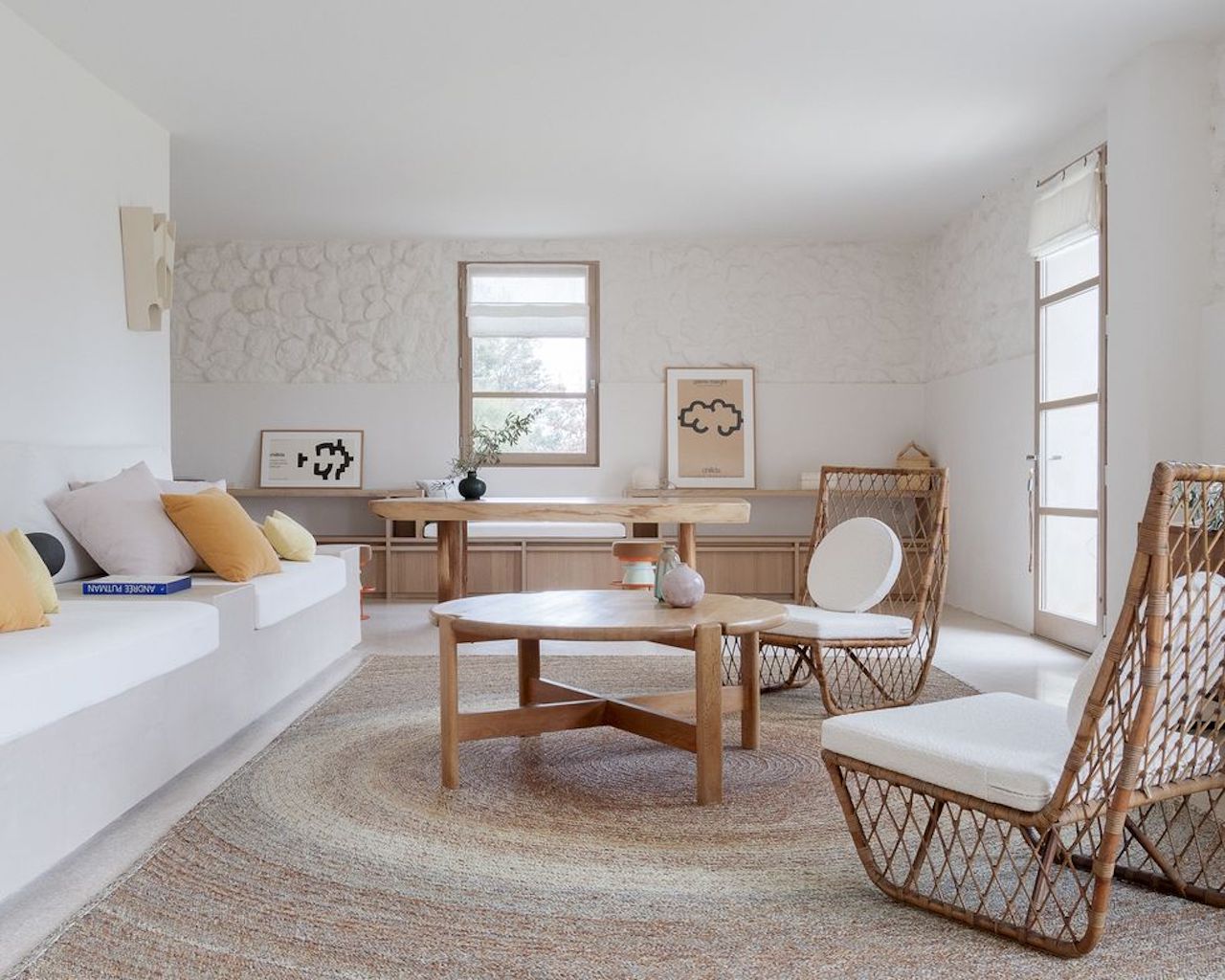
3. Invite Nature into Your Space
You don’t have to “go big” to achieve the green touches found in relaxing, modern Japanese interiors. While large, lush plants look fantastic in the right spaces, you shouldn’t force them into a too-small area. Instead, choose smaller plants in concrete pots to keep the Feng Shui flowing.
4. Indulge Natural Light
If you’re building your own home, add skylights or floor-to-ceiling windows into the architectural plans to really incorporate this element of Japanese design. But if you’re remodeling or simply redesigning, don’t worry; you can work with your existing windows by banishing heavy drapes.
The Japanese revel in airy vibes, trusting (and rightly so) that this brings peace to the mind and body. So, ensure your windows are free from obstruction and opt for flowing, gauze-esque curtains instead of traditional western drapes or blinds.
5. Keep a Neutral Color Palette
When painting your walls or choosing fabric colors, keep them nature-inspired and always incorporate lots of white. Take muted browns from wooden elements and earthy greens of leaves to drive your interior design choices. And we suggest opting for tile flooring (where it suits, of course) in light greys for the desired effect.
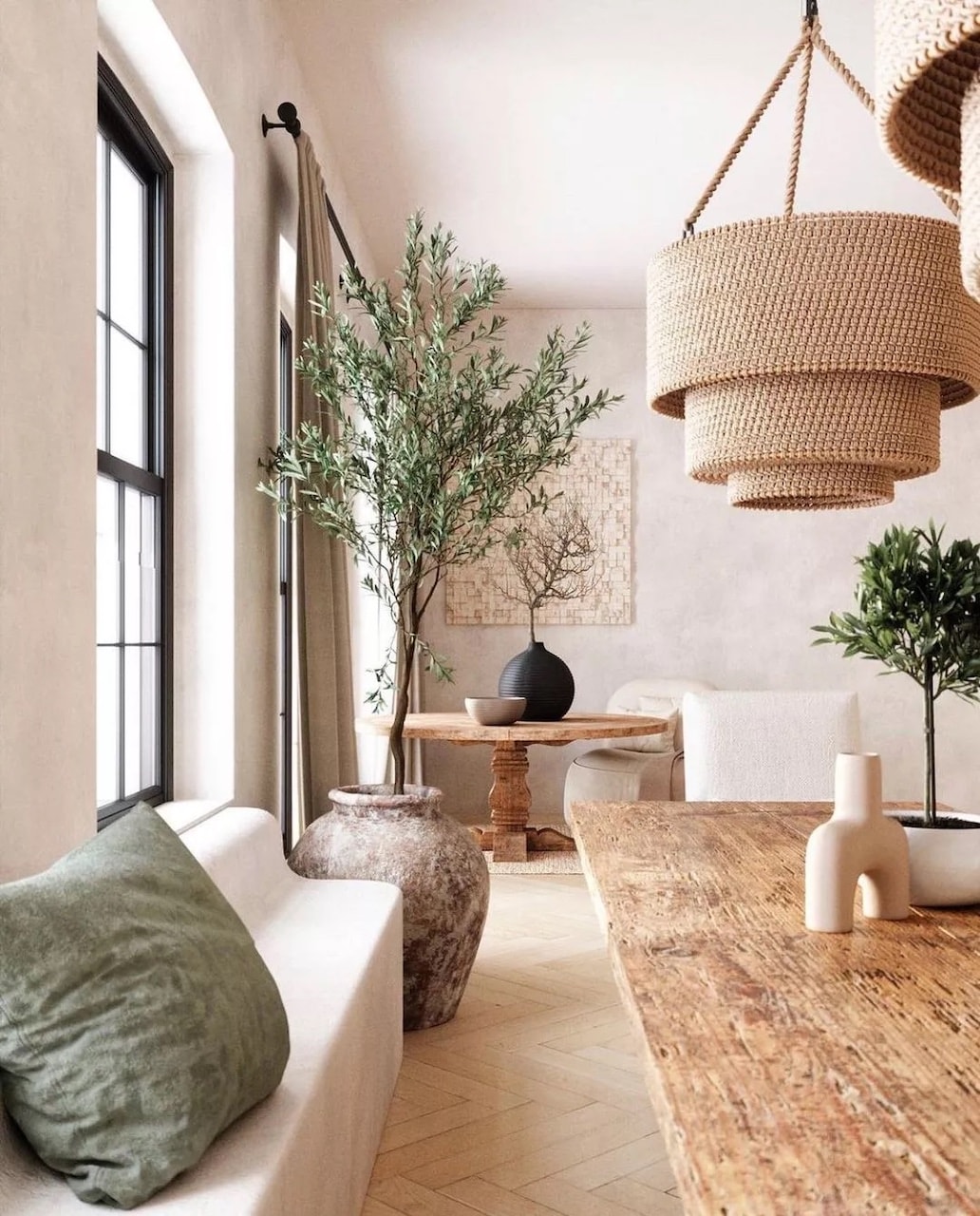
Final Thoughts
Modern Japanese interior design is about taking the less-is-more approach, decluttering your space, and sticking to muted tones for a calming environment. When pulling inspiration from the 11 key features, remember that emptiness and nature play massive roles. Giving your eyes — and thus, your brain — time to rest as you exist within your home means never overdoing the decor and letting natural light do a lot of the work.

At EverLineArt, our vision is to enhance interior spaces through refined aesthetic line art, igniting creativity and fostering a sense of well-being in both personal and commercial arenas.
